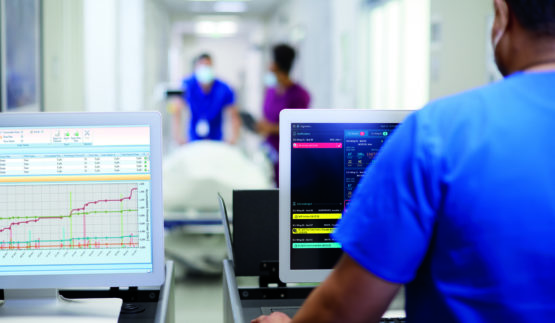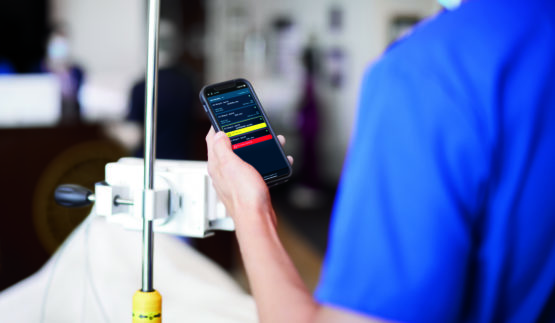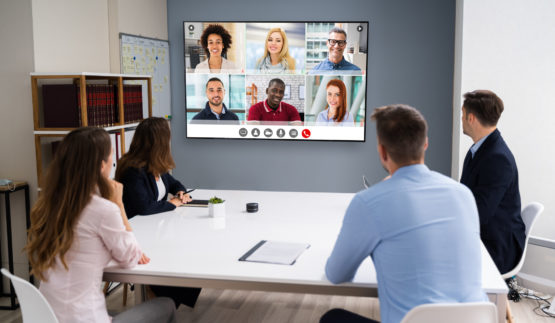
Has your workflow hit a wall? Here’s how to move forward
Clinical workflow analysis can provide the big-picture view leading to real “aha” moments and a plan toward lasting improvement.

Clinical workflow analysis can provide the big-picture view leading to real “aha” moments and a plan toward lasting improvement.

Hear “This is how I do it”? It means your clinical workflows have gaps. Empower clinicians with better systems, not workarounds.

Philips Capsule Surveillance supports a wide range of published clinical guidelines to help leverage and amplify the clinicians’ experience.

Having access to live, streaming, surveillance-level data better prepares medical response teams to deliver care and possibly prevent emergencies in the first place.

Patient monitoring and clinical surveillance, though related, are different. Clinical surveillance uses the results of monitoring to recognize changes in the patient’s clinical status, interpret the potential clinical implications of these changes, and to help clinicians decide if further actions are required.

Capsule technical and clinical consultants continually optimize remote service delivery to support healthcare providers in deploying, implementing, and maintaining integration and data solutions.